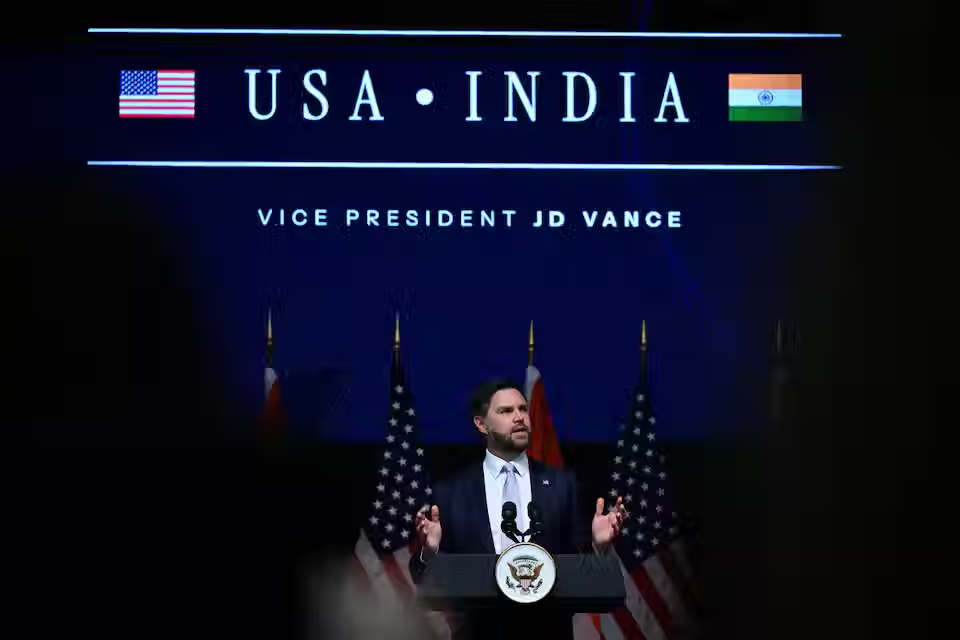JD Vance's India Trip Might Be the Biggest Break Ever for India's Glass Packaging Industry | JD Vance India Visit: Impact on Glass Bottle Exports
- Maaricha

- Apr 23
- 2 min read

JD Vance India Visit: Impact on Glass Bottle Exports
U.S. Vice President JD Vance's recent visit to India marks a significant milestone in strengthening bilateral relations between the two nations. His meetings with Prime Minister Narendra Modi focused on enhancing trade ties, with discussions aiming to double bilateral trade to $500 billion by 2030 cite. This development holds promising implications for various sectors, including the glass packaging industry, which encompasses glass bottles, corks, and closures.
Strengthening U.S.-India Trade Relations
The primary agenda of Vice President Vance's visit was to advance negotiations on a comprehensive trade agreement. Both leaders expressed satisfaction with the progress made, emphasizing the mutual benefits of a robust trade partnership. The proposed trade deal aims to address tariff concerns and enhance market access, setting the stage for increased industrial collaboration.

Implications for the Glass Packaging Industry
The glass packaging sector stands to gain significantly from the evolving U.S.-India trade dynamics. Here's how:
1. Reduced Tariffs and Enhanced Market Access
The ongoing trade discussions aim to alleviate tariff barriers, which have previously hindered the export potential of Indian manufacturers. A successful agreement could lead to reduced duties on glass packaging products, making Indian exports more competitive in the U.S. market.
2. Diversification of Supply Chains
With global companies seeking to diversify their supply chains, India presents a viable alternative to traditional manufacturing hubs. The strengthening of U.S.-India trade relations could position Indian glass packaging manufacturers as key suppliers to American companies, especially in sectors like beverages, pharmaceuticals, and cosmetics.
3. Technological Collaboration and Innovation
Enhanced trade ties may pave the way for technological collaborations, allowing Indian manufacturers to adopt advanced production techniques and quality standards. Such partnerships can lead to the development of innovative packaging solutions, catering to the evolving demands of the U.S. market.
Strategic Positioning for Indian Manufacturers
Indian glass packaging companies should proactively align their strategies to capitalize on the emerging opportunities:
Compliance with International Standards: Adhering to U.S. quality and safety standards will be crucial in gaining market acceptance.
Investment in Sustainable Practices: With a global emphasis on sustainability, adopting eco-friendly manufacturing processes can enhance competitiveness.
Market Research and Customization: Understanding the specific needs of the U.S. market and offering tailored solutions can differentiate Indian products.

Conclusion
JD Vance India Visit: Impact on Glass Bottle Exports. Vice President JD Vance's visit to India signifies a pivotal moment in U.S.-India relations, with the potential to reshape trade dynamics across various industries. For the glass packaging sector, this development offers a unique opportunity to expand its footprint in the U.S. market. By embracing innovation, sustainability, and compliance, Indian manufacturers can position themselves as preferred partners in the global supply chain.
For more insights on international trade developments and their impact on the packaging industry, stay tuned to our blog.



Comments